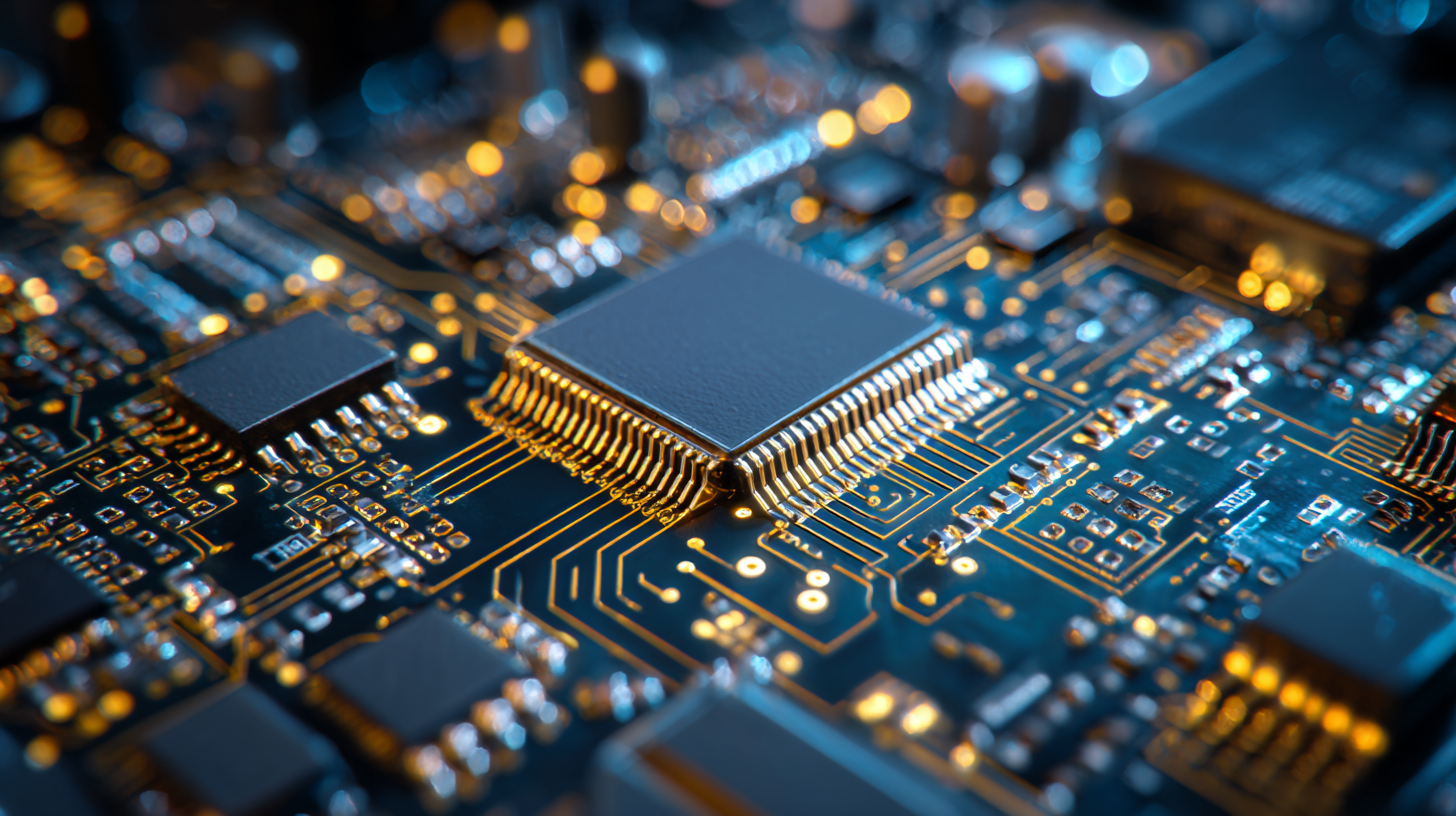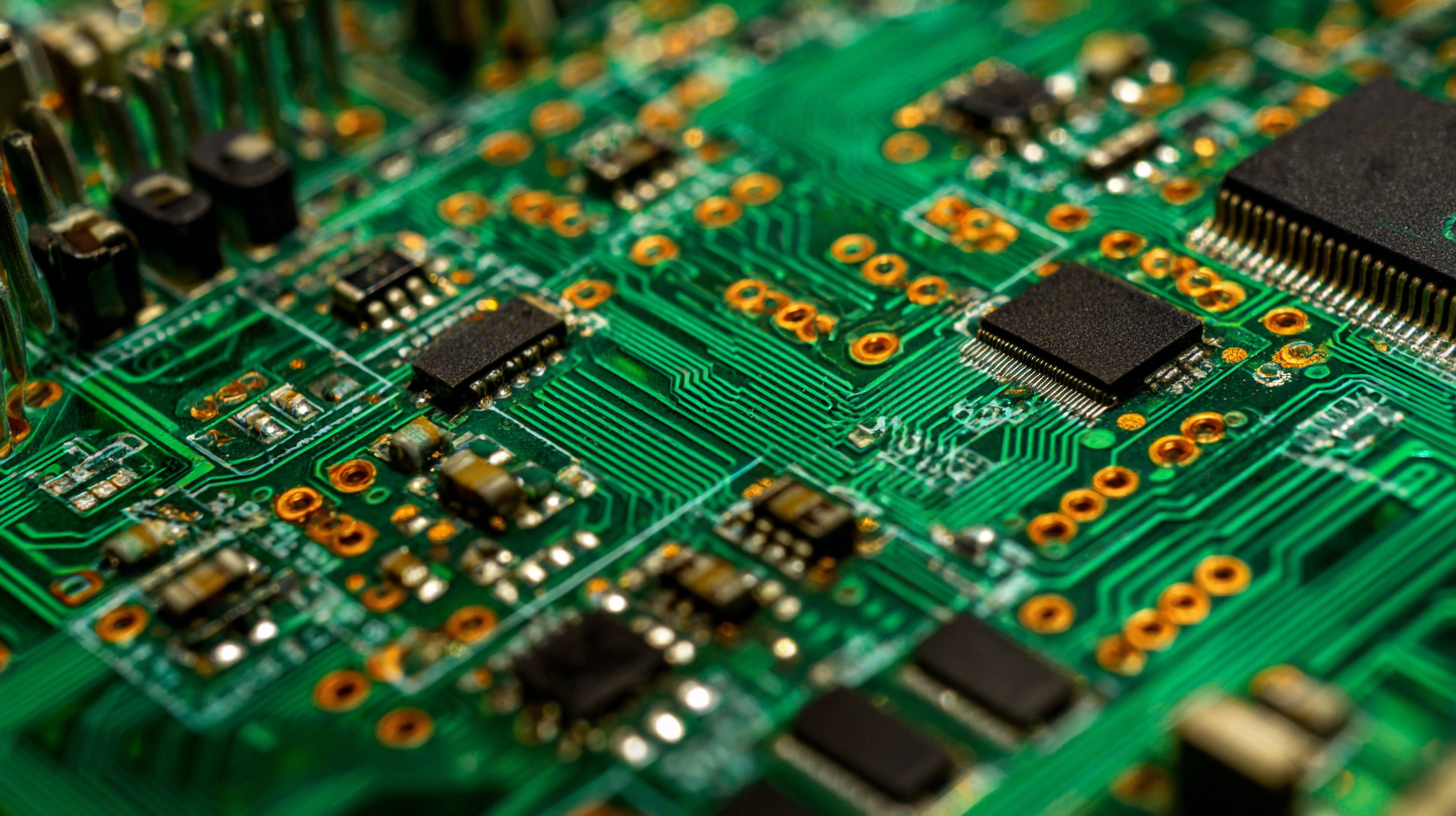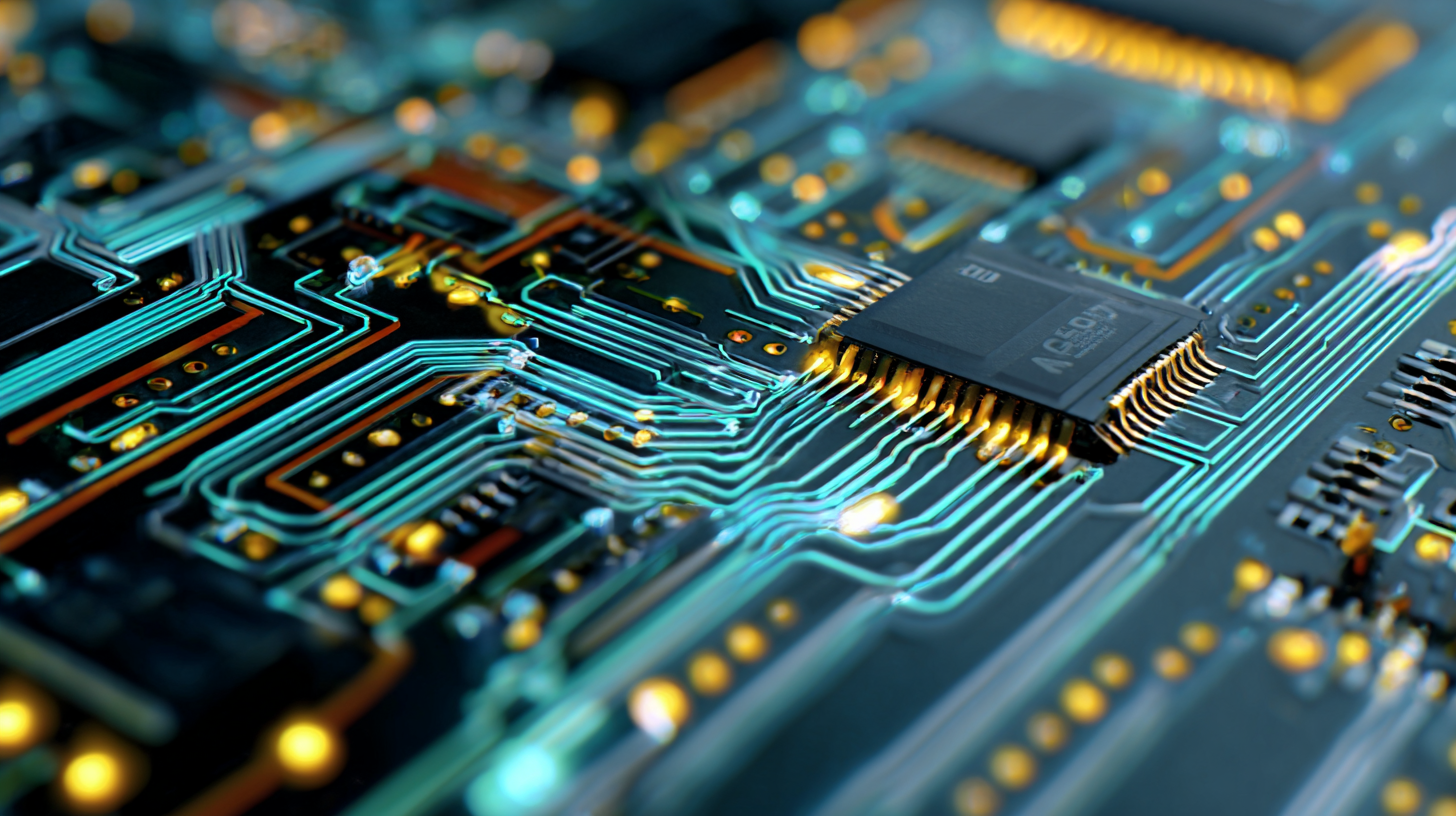In the ever-evolving landscape of electronics, the demand for efficient and reliable Pcb Circuit Board solutions has never been more critical. According to a recent report by Research and Markets, the global PCB market size is expected to reach $85.3 billion by 2027, growing at a CAGR of 4.8% from 2020 to 2027. This surge reflects not only the increasing complexity of electronic devices but also the need for innovative and sustainable manufacturing processes. As industries explore alternative options to meet specific requirements, understanding the benefits of various PCB solutions becomes essential. From reduced fabrication costs to enhanced performance and durability, the right Pcb Circuit Board can significantly impact product reliability and overall success in the marketplace. This blog will delve into the myriad of alternatives available, ensuring you find the ideal solution tailored to your unique electronics projects.

China's PCB industry has been witnessing significant growth in recent years, driven by advancements in technology and an increase in demand for electronic products. As one of the largest producers of printed circuit boards globally, China's market trends showcase a shift towards innovative manufacturing processes and eco-friendly materials. With the rise of electric vehicles and smart devices, the PCB market in China is projected to expand further, catering to both local and international needs.
When considering alternative PCB solutions, it's essential to keep a few tips in mind. First, assess your specific requirements, such as size, complexity, and functionality, to choose the right type of PCB for your project. Additionally, look for suppliers that prioritize sustainability in their manufacturing processes; this not only benefits the environment but can also enhance your brand's reputation in the long run. Lastly, stay updated on market trends and technological advancements to ensure your designs remain competitive and effective.
The Chinese PCB industry is adapting to the evolving landscape of technology. As the demand for high-frequency and high-density interconnect (HDI) circuits increases, manufacturers are investing in research and development to keep pace with innovations. This trend emphasizes the importance of choosing suppliers who are not only reliable but also align with future technological shifts in the electronics sector.

In the realm of PCB manufacturing, the comparative analysis of various production methods reveals a significant shift towards sustainability and cost-effectiveness. Recent studies indicate that sustainable additive manufacturing of printed circuit boards (PCBs) can reduce total manufacturing costs, energy consumption, and CO2 emissions by an impressive $170–593 billion. This potential for environmental impact raises pertinent questions about traditional methods and their long-term sustainability in the face of global decarbonization efforts.
Moreover, as highlighted in the advancements in bio-microsystem integration, new methods such as Lab-on-PCB technology are revolutionizing the landscape. This innovation not only streamlines processes but also caters to the demand for eco-efficient practices across industries. With the chip manufacturing process characterized by its high input intensity and substantial environmental footprint, the move towards more sustainable practices is crucial. The need for cost-effective and efficient solutions is underscored by the ongoing drive for greener electronics, which aligns with broader goals of sustainable development in sectors like automotive and aerospace, where additive manufacturing is increasingly adopted to minimize waste and maximize resource efficiency.
When it comes to PCB (Printed Circuit Board) production, quality assurance is paramount. Various standards and certifications ensure that the boards meet specific reliability requirements. Recognized standards such as IPC-A-600 for acceptability of printed boards and ISO 9001 for quality management systems are critical in assessing the quality of PCB manufacturing processes. These certifications not only indicate a commitment to excellence but also provide customers with peace of mind, knowing that their boards will perform reliably under various conditions.
Tip: Always inquire about a manufacturer's certifications before placing an order. A manufacturer without the necessary standards may compromise the quality of the final product.
Moreover, adhering to these standards isn't merely about compliance; it also involves regular audits and continuous improvement processes. This diligence helps identify potential issues early in the production cycle, thereby minimizing defects and enhancing overall product reliability.
Tip: Establish a partnership with PCB suppliers who prioritize adherence to these quality assurance practices, ensuring that you receive the highest standard of boards for your projects.
In recent years, the field of PCB design has witnessed a significant transformation driven by innovative technologies. Advanced techniques such as HDI (High-Density Interconnect) are redefining design capabilities, allowing engineers to increase the density of the circuits. According to a report by MarketsandMarkets, the global HDI market is projected to grow at a compound annual growth rate (CAGR) of 10.3%, reaching $31.8 billion by 2026. This growth highlights the industry's shift towards more compact and efficient electronic devices, which demand highly functional PCBs.
Moreover, the incorporation of AI and machine learning in PCB design is enhancing performance metrics and minimizing errors during the prototyping phase. A study by ResearchAndMarkets identifies that utilizing automated design software can reduce production times by 40%, leading to cost savings and faster time-to-market for new products. As these innovative technologies continue to evolve, they not only improve the functionality of PCB designs but also enable manufacturers to meet the increasingly complex demands of modern electronic applications. The focus on performance, reliability, and efficiency is more critical than ever in achieving competitive advantages in the electronics market.

Sustainability has become a crucial focus in PCB manufacturing, pushing companies toward eco-friendly practices and materials. According to a report by Research and Markets, the global market for green PCB is expected to reach $16 billion by 2025, indicating a growing demand for sustainable products. Manufacturers are increasingly exploring eco-friendly materials such as biodegradable substrates and lead-free soldering techniques, which significantly reduce environmental impact while maintaining performance standards.
One of the key strategies in sustainable PCB production is the adoption of water-based and low-VOC (volatile organic compound) inks. The adoption of these materials not only conforms to strict environmental regulations but also enhances the recyclability of the boards. A study from the IPC (Association Connecting Electronics Industries) suggests that implementing green practices can lead to a reduction of around 30% in carbon emissions during the manufacturing process. By prioritizing sustainability, companies can position themselves as leaders in a market that is rapidly shifting towards responsible manufacturing, ensuring that their products meet the growing consumer expectations for environmentally-conscious electronics.